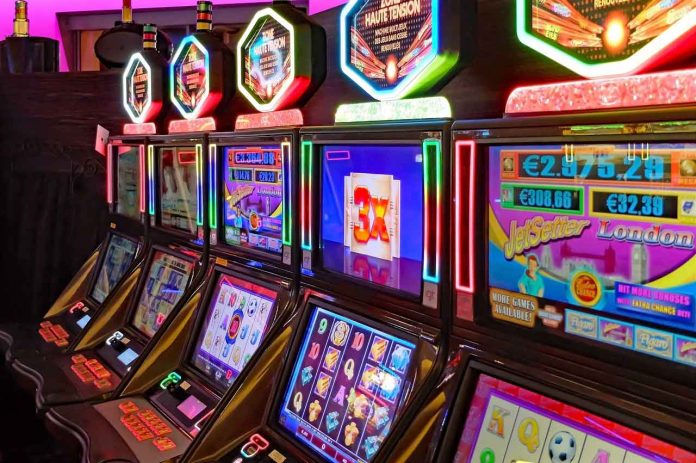Casinos have long been associated with indigenous groups in the United States, and this is due to numerous factors. One of the leading reasons is that gambling did not have the same level of restrictions on reservations, as well as there being clear economic benefits that provided a lifeline to tribes that had little in terms of money-earning opportunities.
This article will look at how casinos came to be associated with indigenous communities in the United States, looking at the connection between the two.
How the Connection Came to Be
Despite it being a fairly well-established fact that indigenous groups are heavily involved in the casino and gambling industry in the United States, this has only really been a thing since the 1980s. Starting with the Cabazon Band of Mission Indians, many communities felt that bingo halls were a clear way to generate income, largely because few other opportunities were available.
There was a fair amount of pushback initially, and so indigenous venues decided to continue playing bingo as this was not placed in the same category as regular gambling, so these communities could continue without closing their business. This success resulted in other indigenous groups looking to do the same but at a greater scale and open casinos on their reservations. But it wasn’t so easy as these groups had to first obtain permission, greatly slowing down the growth of an entire casino sector.
This changed in 1987 when Indigenous groups had the right to operate casinos on their own reservations. This meant that they didn’t need direct permission to open, making it far easier for new locations to begin operating.
Whether it’s traditional casinos packed full of slot machines and roulette tables, bingo halls that have stuck around since the early days, or new bitcoin casinos that offer a chance to play using digital currencies, there are many ways that Indigenous casinos can operate, as well as prepare for the future in the most sustainable way possible. As consumers look for digital solutions, these bitcoin casinos look like a great way to offer gaming options to those wanting something new.
The Current State of Indigenous Casinos
The first indigenous casino opened its doors in 1988 on the Seminole Reservation in Florida, just one year after the landmark Supreme Court ruling. Since the first casino opened, hundreds of indigenous groups have done the same, bringing much-needed income to their local communities, generating government tax, and improving the local quality of life and overall living standards.
Source: Pixabay
At the time of writing, there are a little over 570 recognised indigenous tribes in the United States, with just under half operating their own casinos, though a handful of these tribes will operate multiple locations at a grander scale. Currently, there are over 500 indigenous casinos in the United States. These locations continue to play a key role in their local communities and provide vital job opportunities and income.
The Future of Indigenous Casinos
The future of indigenous casinos is less certain than how it’s currently behaving. The gambling industry has overgone a huge amount of change in the past few years, and the recent shift to digital puts a lot of pressure on these traditional locations. As a result, it isn’t easy to predict how these casinos will be able to adapt to the changing landscape and ensure that they will have a role to play moving forward.
That being said, many indigenous groups acknowledge the need to adapt to the changing needs of the consumer base. Because these businesses are so essential in indigenous reservations, and provide a large share of the job opportunities, there is a real motivation to ensure that the businesses can survive and continue operating in a more digitally-focused age. Failing isn’t an option worth considering.
Conclusion
The connection between indigenous groups and the gambling industry is complex and always appears to be under some kind of threat. Whether it’s state legislators not being able to do anything about the increasing number of locations, global pandemics, or the changing needs of the consumer, those operating these casinos need to be able to adapt and ensure that they can continue generating income and providing jobs.

